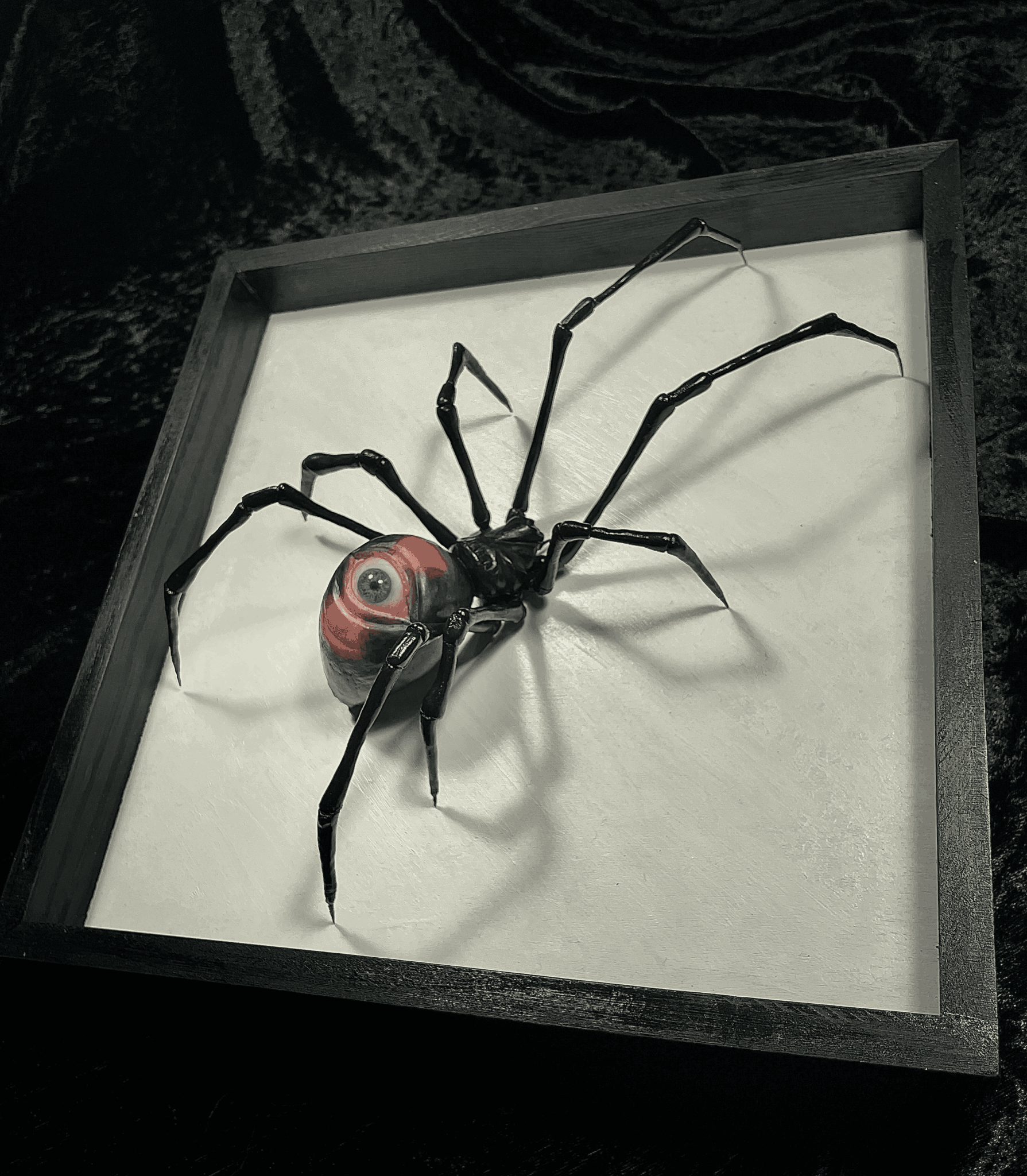We caught up with the brilliant and insightful Sarah Nott a few weeks ago and have shared our conversation below.
Sarah, looking forward to hearing all of your stories today. I’m sure there have been days where the challenges of being an artist or creative force you to think about what it would be like to just have a regular job. When’s the last time you felt that way? Did you have any insights from the experience?
I think my answer to this question may be a sort of reverse answer; technically, I am a visual artist/creative who also has a ‘regular’ job. This has led to many things; first, I have had to work actively to maintain my personal visual art practice. Because I teach full-time, unless I truly set aside time for art– as physical calendar events, even– my own creative practice gets neglected. Being a ceramicist in residence at my local art institute was very helpful in this respect, because I ‘had’ to go to the studio every day after work, and had to generate enough material for an exhibition. When we were fully locked down at the beginning of Covid, I was able to enthusiastically and continuously finish off projects that had been sitting half done for ages. On the flip side of this, every paycheck I receive from my salaried job is nearly the same, while payouts from my art sales vary hugely month to month. Every time I look at this stark difference I find myself so thankful that my entire income is not built around these highly variable payouts.
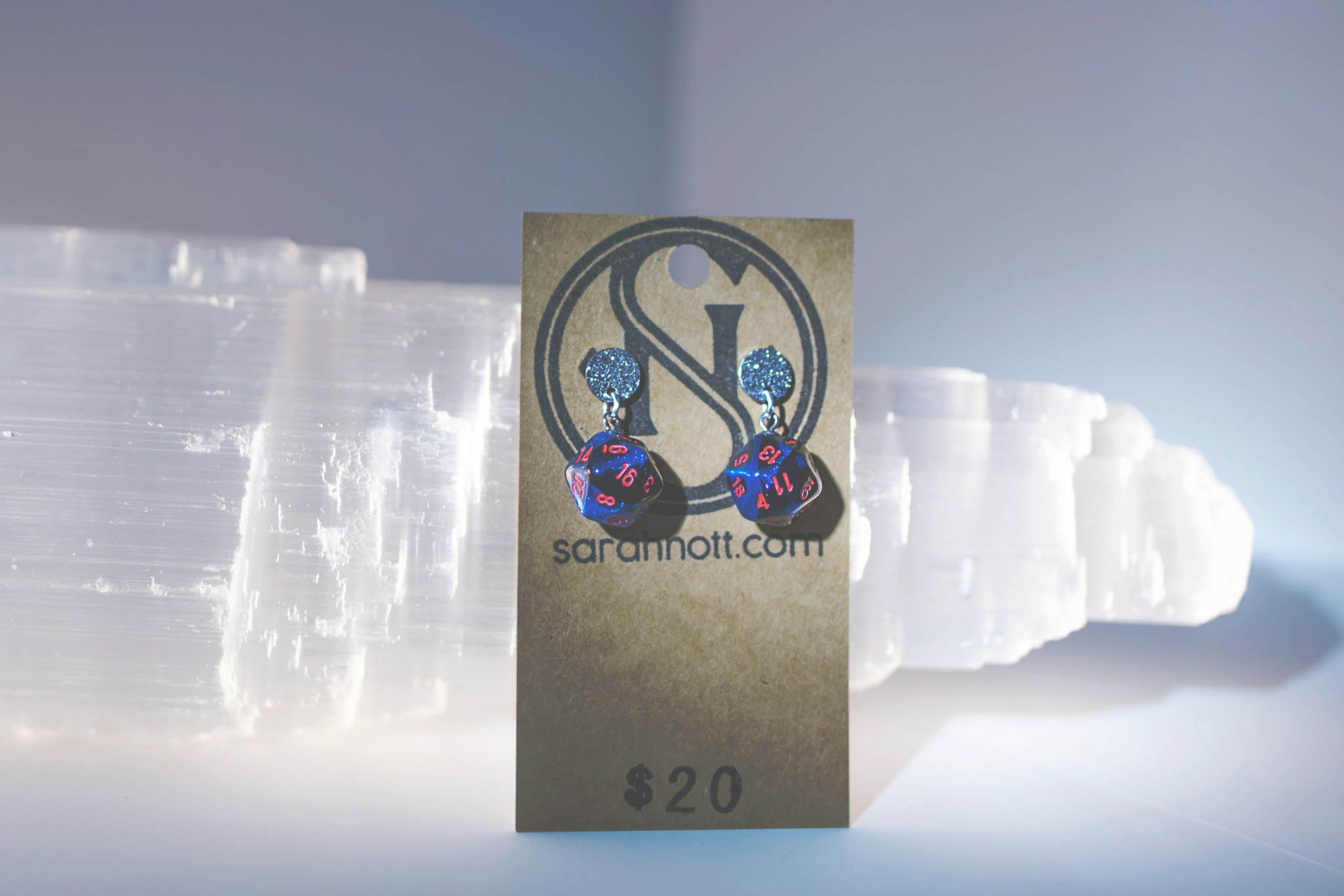
Sarah, before we move on to more of these sorts of questions, can you take some time to bring our readers up to speed on you and what you do?
I am a full-time art teacher at Portage Northern high school, a public high school near beautiful Kalamazoo, Michigan. My bachelors and masters degrees in Art Education are both from Western Michigan University. I work constantly to maintain my own creative practices as an artist while working a salaried job; a ceramics residency in 2019 at my local Kalamazoo Institute of Arts was a huge help with clarifying my personal voice as a visual artist. From that, small-scale sculpture with non-stoneware sculpting bodies continues to be a personal favorite area of focus. The aesthetics I pursue involve the juxtaposition and intersection of nature and horror, of the unsettling and the alluring. I enjoy making works of art that elicit specific emotions in viewers; for example, as an attempt to share some of the emotions I have experienced working through some experiences with anxiety and OCD.
Outside of personal creative work, the connection to business practices that brought me into touch with CanvasRebel is my creation of jewelry out of role-playing (polyhedral) dice. I discovered a very specific method of inserting findings into these otherwise extremely tough little objects, and from there have generated a line of jewelry for folks who are into TTRPGS and D&D. Sometimes gamers are hard to buy gifts for, and as a result these small-but-symbolic objects have proven to sell very well. The dice themselves are often quite beautiful, and are reminiscent of gemstones or beads to begin with; it’s a pairing that was meant to be. I went through the process of buying a web domain, building a website, setting up an online storefront, and creating a personal brand for myself on the side as I taught during the day. I now sell via commission and wholesale at multiple comic book stores throughout southwest Michigan; to this day, my greatest volume of sales is from these physical storefronts as opposed to online sales. I also underwent the same business-building process–with the additions of attaining a business license, teaching myself to pay quarterly estimated taxes, and navigating liability insurance–to create and maintain a children’s summer art camp in the Kalamazoo area that is now in its twelfth year. Both the process of setting up a non-Etsy sales platform for my physical retailers and the process of creating a children’s camp from the ground up have been quite difficult, and I’ll admit that I struggled to find resources to learn about the nuts-and-bolts financial and legal sides of these endeavors. It’s my thirteenth year as a teacher, but only just this year have I started to feel like I’ve gotten a handle on these additional businesses.
If it is of any help to other teaching creatives out there, I have also had success marketing myself to local institutions to teach adult visual art workshops after school is out for the day. I now teach at my local public library, my community’s center for senior citizens, and the KIA, Kalmazoo’s art museum and school. All three of these roles came not from these entities requesting my services, but from me marketing myself to them as a possible resource; I created a ‘menu’ of courses I am able to teach, and have a standardized hourly rate that I ask from all locations. With these pieces of information I reached out to the program directors/registrars of these institutions and offered my services, and have been fortunate to be able to continue to use the resulting positions as a source of marginal income.
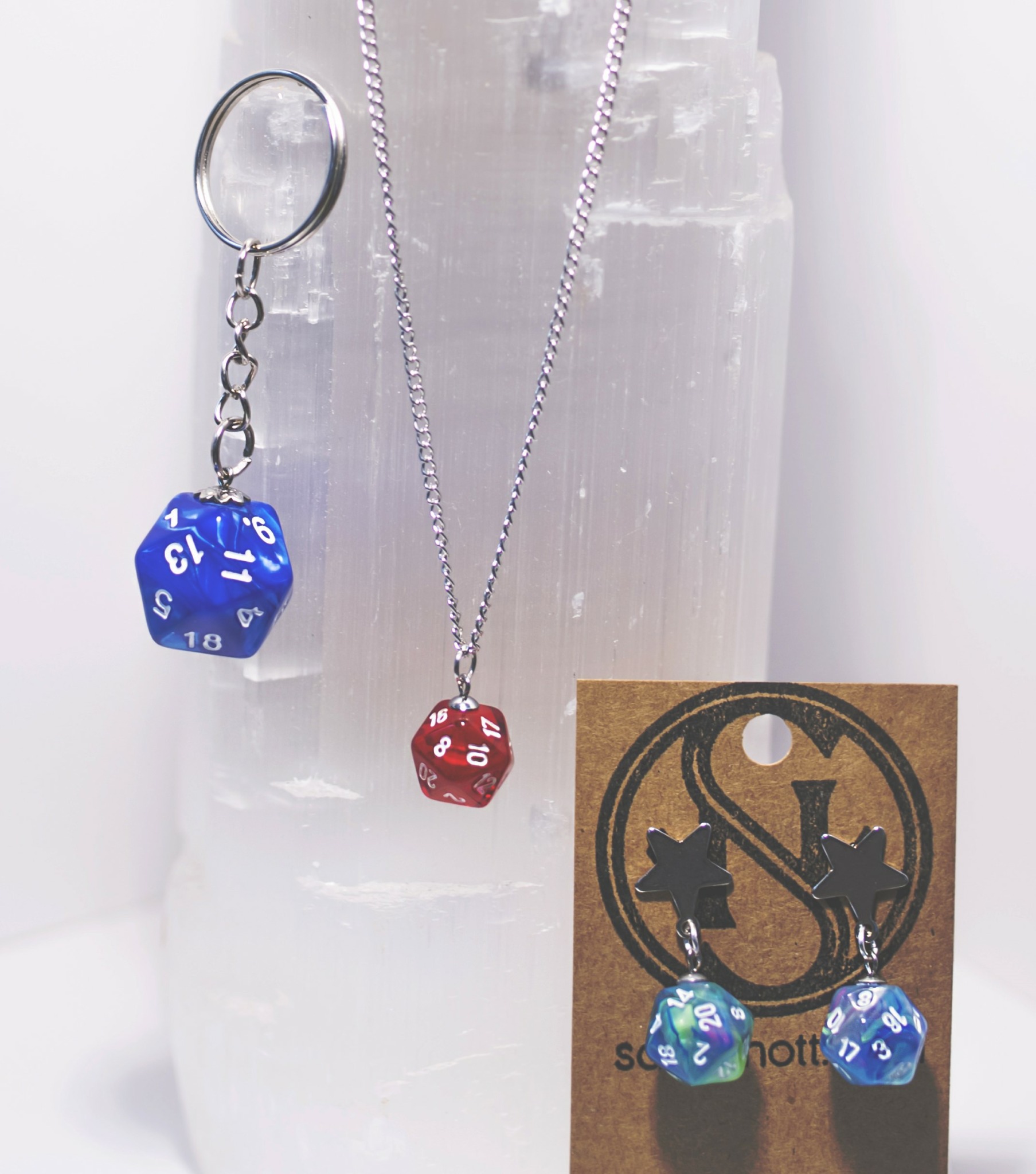
Are there any resources you wish you knew about earlier in your creative journey?
I have a specifically curated resource for this! I now give guest lectures at my local university to students in the art education program, and have made an accompanying reference document for these students. This document is available at https://www.sarahnott.com/classes.html and reflects thirteen years of advice explicitly tailored for early-career visual art educators that might not be obtained in their art education courses. For example, if you are an art educator–do you know your art department budget cap? Is it a flat number, or a price per student enrolled? Does your building want you to purchase via invoice, or via purchase order? Do you have direct purchasing power, or do you have to purchase through administrative staff? I’ve collected all these answers and more to share in this document, and while some of the advice and acronyms are specific to the state of Michigan, every bit of advice in there is something I wish I’d known when I began teaching.

We often hear about learning lessons – but just as important is unlearning lessons. Have you ever had to unlearn a lesson?
Don’t sleep on cold finishes! My experience with studio ceramics has led me to believe there’s a little bit of a stigma against any finishing technique that isn’t glaze, even to the point where I feel like during my collegiate ceramics courses I was only ever taught glaze. However, glaze can be very expensive, and often requires a second firing and very high temperatures. Because of these limitations, I’ve found that some of the best results I’ve had with my ceramics work have actually been with cold finishes–that is, coloring or sealing techniques that do not require firing. A personal favorite of mine is watercolor paint on bisqueware clay, sealed with concrete sealer. Other beautiful finishes I’ve seen include wood stains, India or lacquer-based ink, and colorful encaustic waxes. Just remember that bisque fired ceramics are porous; if your substance is one that soaks or rubs in when applied, you can theoretically use it as a decorative ceramic finish!
Contact Info:
- Website: https://sarahnott.com
- Instagram: @artnott
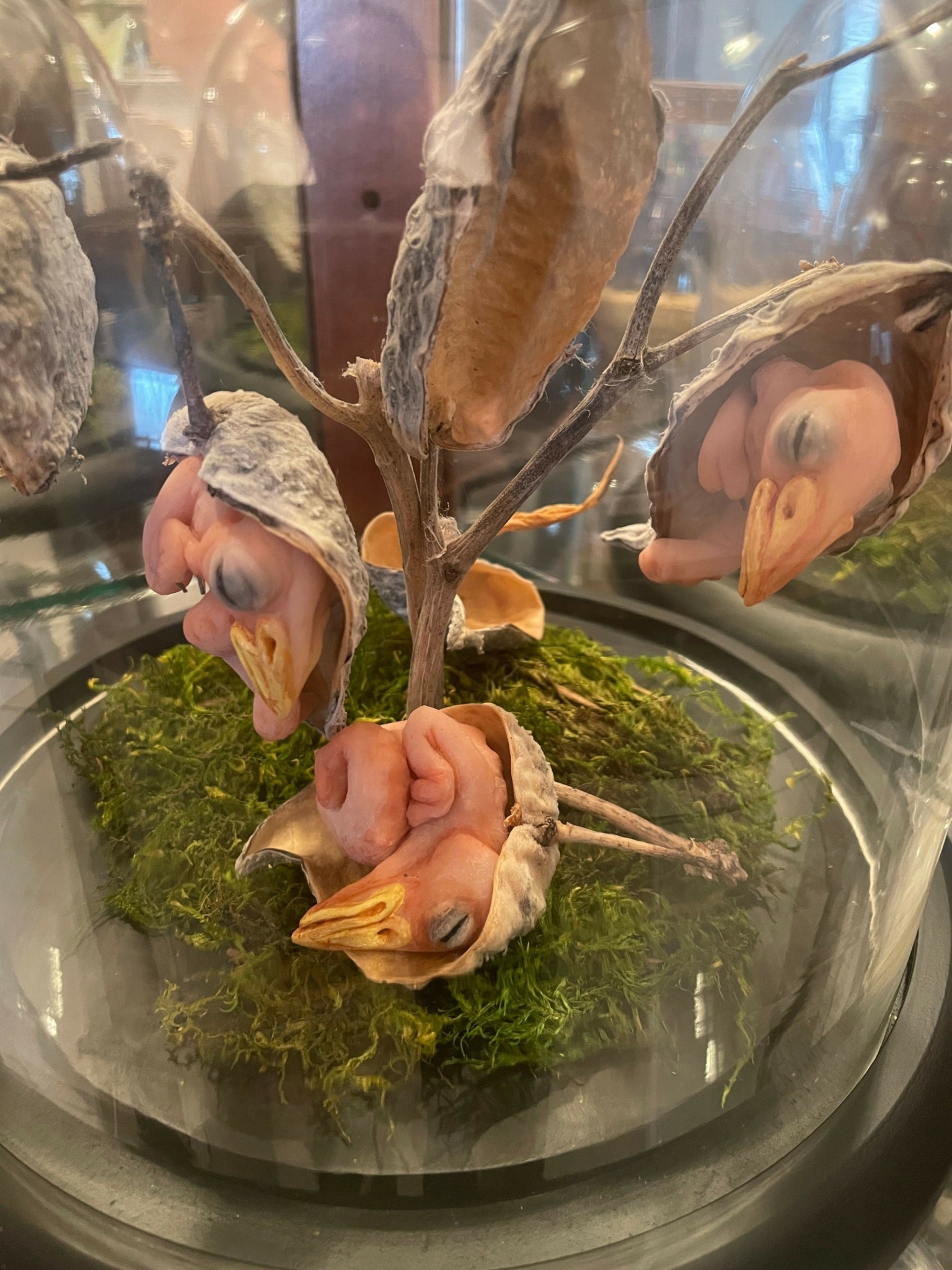

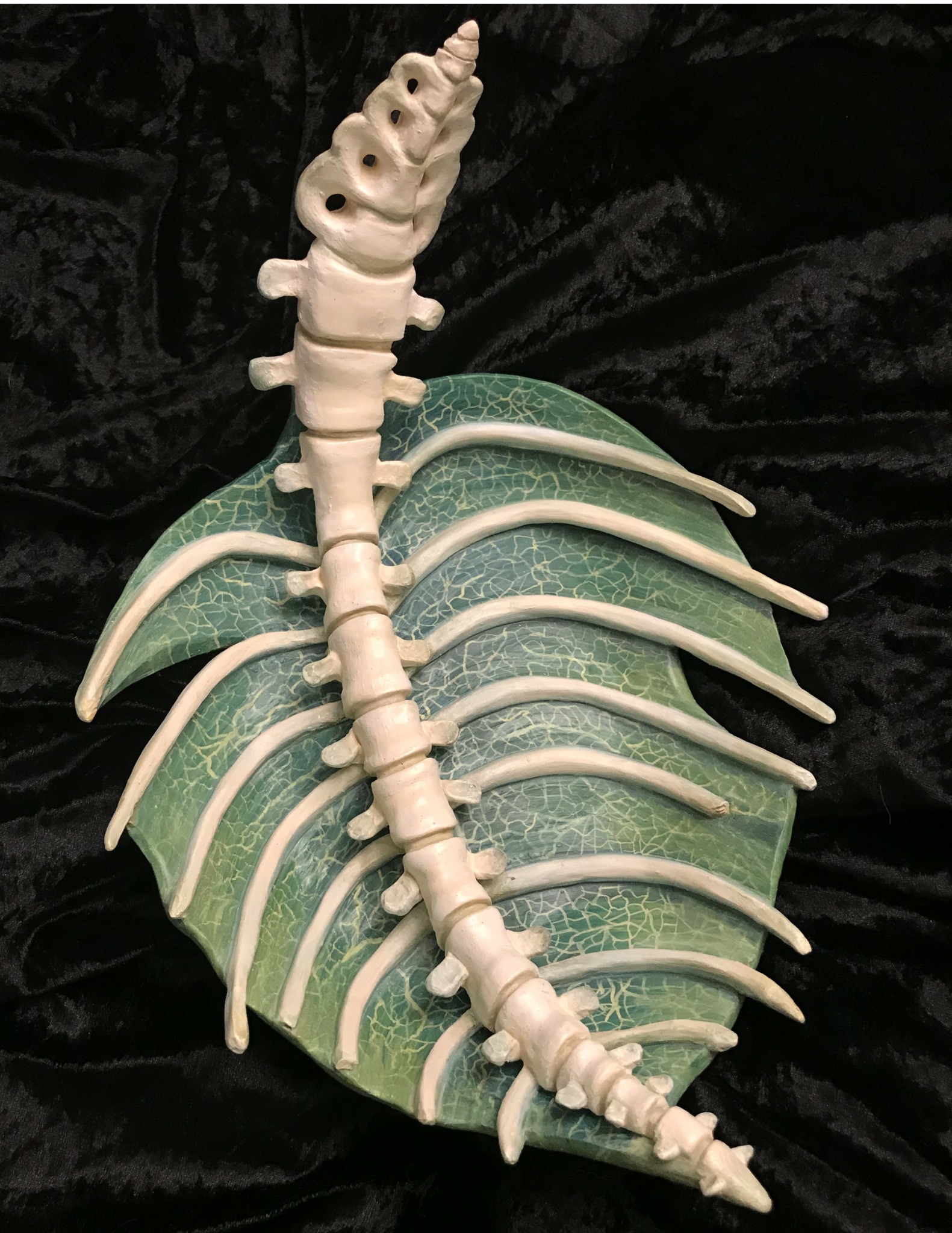
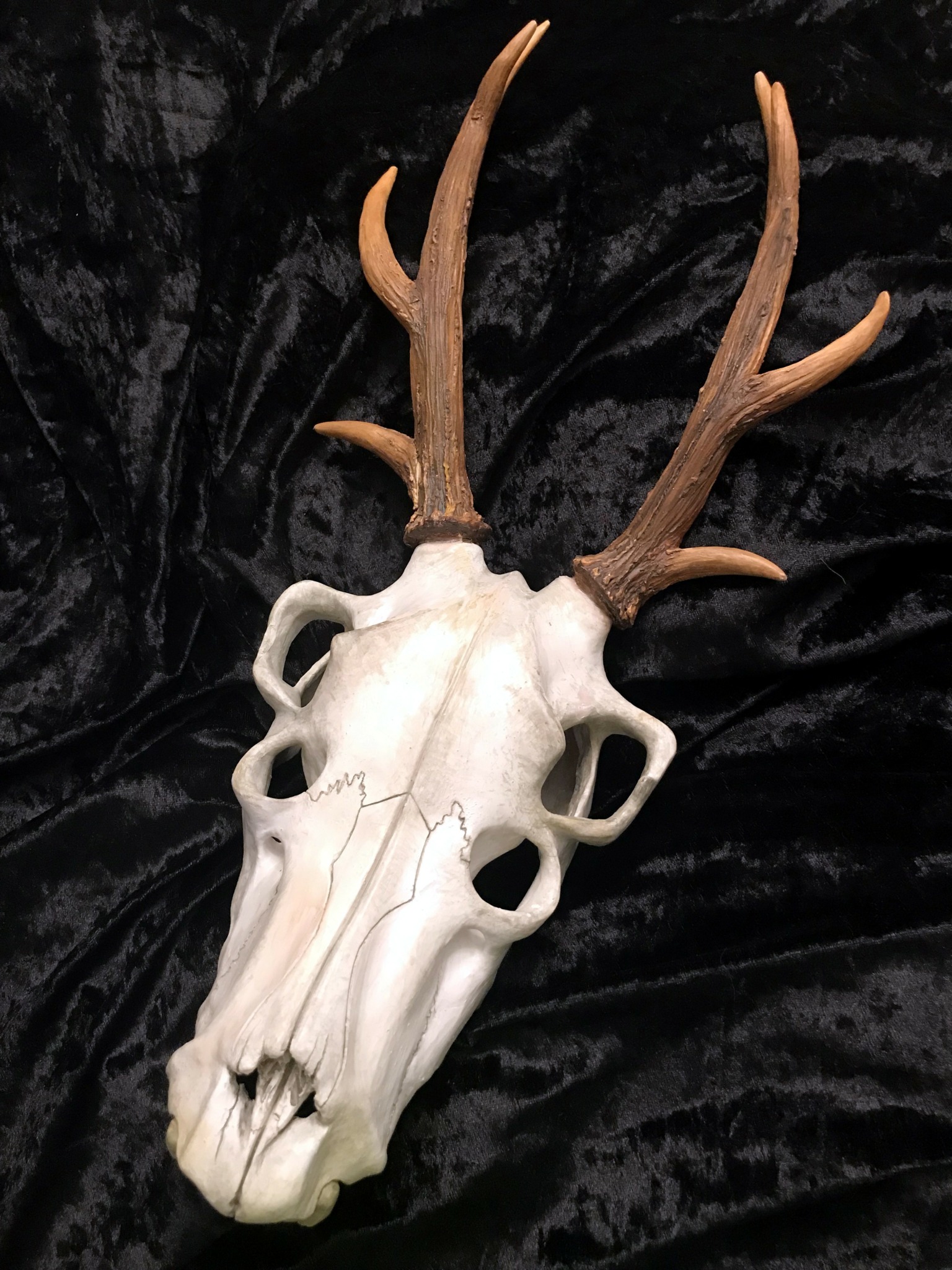
Image Credits
Daniall Poulsen


